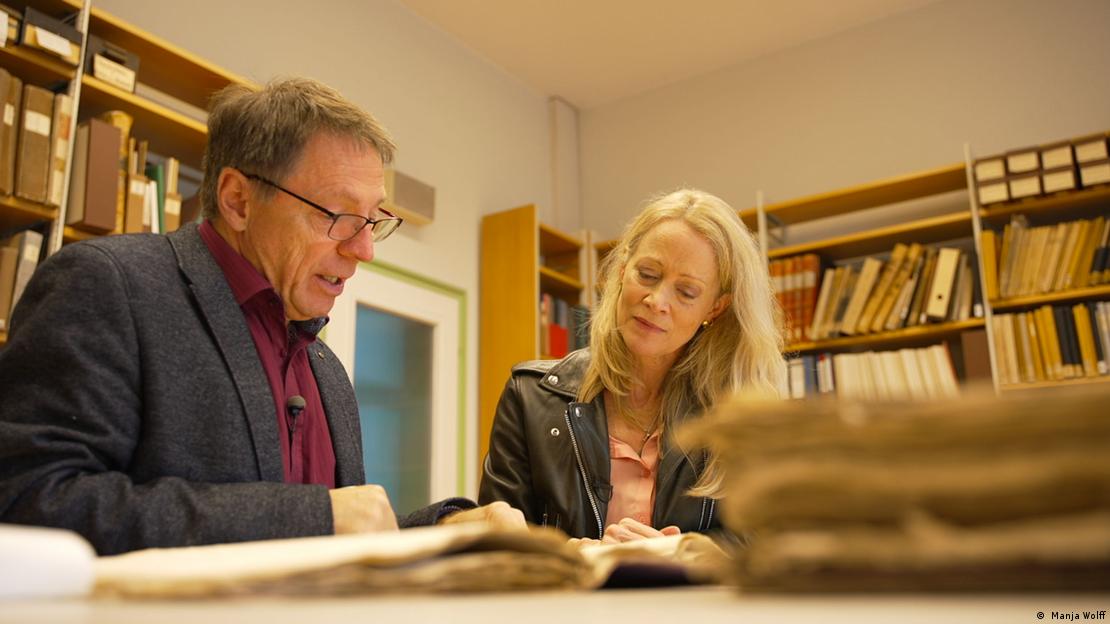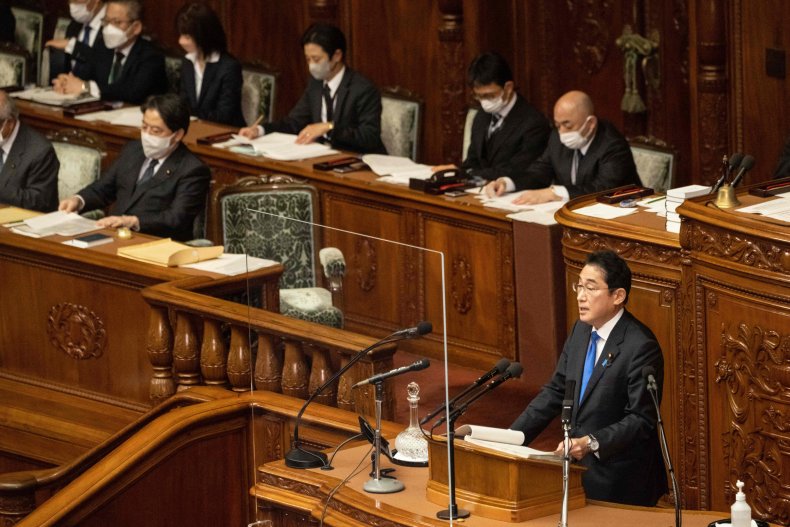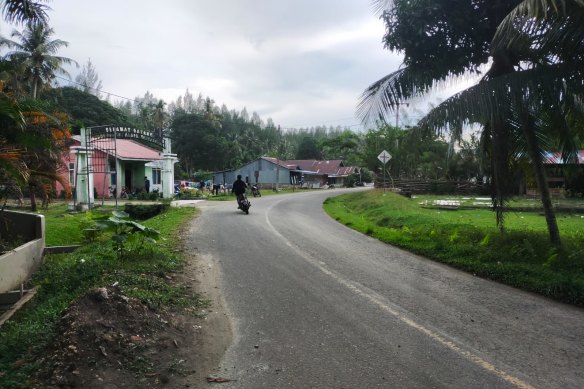BOOKS

-
Tunisians visit the 37th International Book Fair open on April 29, 2023 in Tunis
Return of censorship or not in Tunisia? Saturday at the Tunis International Book Fair, opinions differ the day after the withdrawal of an essay criticizing President Kais Saied and the closing of the stand of his publishing house.
The publisher of the book “The Tunisian Frankenstein”, illustrated by a caricature of Mr. Saied, reopened his stand at the end of the morning, assuring AFP that he had “cleared up misunderstandings” with the organizers of the Fair.
On Friday, security agents had seized all the copies for sale and closed the stand of “La Maison du Livre”, a major Tunisian publisher, arguing of “possession of unauthorized books”.
And this less than an hour after the inauguration of the Fair by President Saied, who came to launch a fervent appeal “to free thought”.
After removing the tarpaulin covering his stand on which he had affixed the sign “closed by an arbitrary decision”, Habib Zoghbi of the Maison du Livre retracted his accusations of “censorship” on Saturday.
“The book in question was not confiscated for its content but because it was not on the list initially presented to the management of the fair as required by the regulations”, assured its publisher.
This fictionalized essay is presented by its author Kamel Riahi as a “political” book, evoking a Frankenstein personified by Kais Saied, elected according to him by surfing on the anger and frustrations of a people disappointed by the system in place since the 2011 Revolution. , the first of the Arab Spring.
Regretting “hot statements”, the publisher insisted that the withdrawal of the book “was not censorship but a question of procedure”. He said he omitted it from his initial list, following delays in printing.
Mr. Zoghbi assured that a few copies “are available in bookstores in Tunis”, that it will be reprinted and should return to the Fair by its end on May 7.
Read more
On the neighboring stand, of the publisher Mashrinalia, closed on Friday “in solidarity” with the Maison du Livre, the manager remains convinced that the refusal of a book not registered beforehand is only a “pretext to censor it” .
Mortadha Hamza evokes “a book which traces what is happening for the opponents of the president” who denounce “an authoritarian drift” since Kais Saied’s coup of July 25, 2021 by which he granted himself full powers.-
– “not normal” –
“It’s not normal that in 2023 we can censor the idea, the writing, under any pretext,” he says.
Despite everything, he reopened his stand on Saturday, “the first real day of the Fair” where families flock to take advantage of deep discounts on the usually very expensive books.
On the stand of the publisher Nirvana which faces the Maison du Livre, Mohamed Bennour relativizes from the top of his 70 years, including more than 40 in publishing, the incident around the book.
According to him, the obligation to provide a list of exhibited books in advance “has existed for a long time” and dates back to the era of the father of independence Habib Bourguiba (1956-1987).
It was intended, he said, to avoid the introduction of books “by Salafists and fundamentalists teaching the techniques of terrorism or to fight against the secular state”.
The procedure was maintained under the dictator Ben Ali who had also set up censorship committees for literature and cinema.
And it continued after the 2011 Revolution and the fall of the regime for fear of the exhibition of works “inciting to manufacture weapons or explosives”, he adds.
“This rule is known and the publisher had accepted it like all of us. So, either we play the game, or we decide not to participate in the Fair as some publishers have done”, believes Mr. Bennour.
On the other hand, the publisher would like a revision of this procedure “in consultation between the cultural authorities, the publishers and the booksellers”.
“The fact of imposing a list is a form of censorship and control of the books exhibited, and that is abnormal,” he admits.
fka/hj
-






























